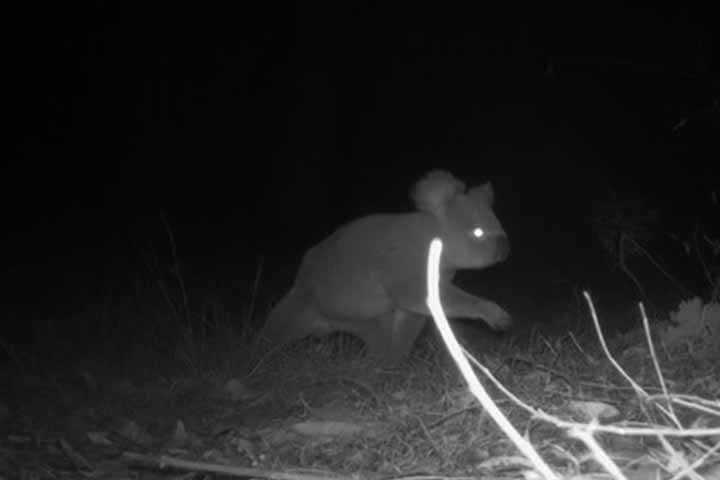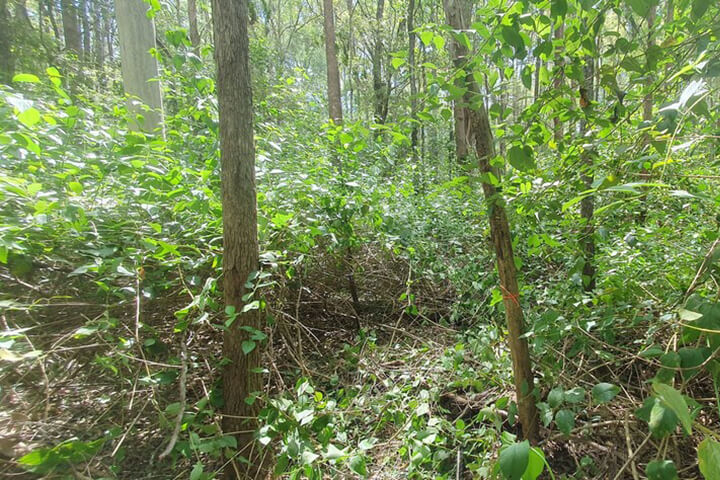Clearing the way for koalas, removing lantana infestation on Northern Rivers property
Barbara Linley bought her Tullymorgan farm in the Northern Rivers region of New South Wales to preserve its natural beauty. However, she soon discovered koalas on her property, which highlighted a major challenge-an extensive lantana infestation covering about 80% of her land.
Lantana, one of the world's top 10 invasive species, hinders koala movement, limits access to essential food trees, and increases the risk of bushfires by acting as a fuel ladder, carrying flames into tree canopies.
Determined to protect her land and the koalas that live there, Barbara entered into a private conservation agreement which covers approximately 51 hectares of her farm. This agreement provided up to $45,000 in funding to help clear weeds like lantana and improve the quality of koala habitat on her property.
This initiative, a collaboration between the World Wide Fund for Nature-Australia (WWF-Australia), the NSW Department of Climate Change, Energy, the Environment and Water, the NSW Biodiversity Conservation Trust, and Envite Environment, has exceeded its target of protecting 500 hectares. Over 900 hectares of koala habitat has been secured, with more agreements still in the works.
For Barbara, the funds allowed her to make remarkable progress. She worked with local contractor, Lola Topsom to remove much of the lantana, and the work is ongoing. Together, they uncovered the property's rich biodiversity, including a towering eucalypt tree believed to be over 500 years old, previously hidden by lantana, and evidence of native species such as powerful owls, little bent-wing bats and yellow-tailed black cockatoos.
Barbara also removed grazing cattle from her farm, and Envite Environment planted 1,000 new koala trees to reconnect fragmented habitat.
Tanya Pritchard, Senior Manager Koala Recovery for WWF-Australia, said private landholders are playing a crucial role to help the recovery of koalas.
'More than 50% of remaining habitat for koalas is on private land, so landholders such as Barbara are a critical for koalas long-term survival,' Tanya said.
'Supporting landholders to enter a private conservation agreement and assisting with restoration costs will ensure these areas are protected as high-quality habitat for future generations of koalas and other wildlife species,' she said.


